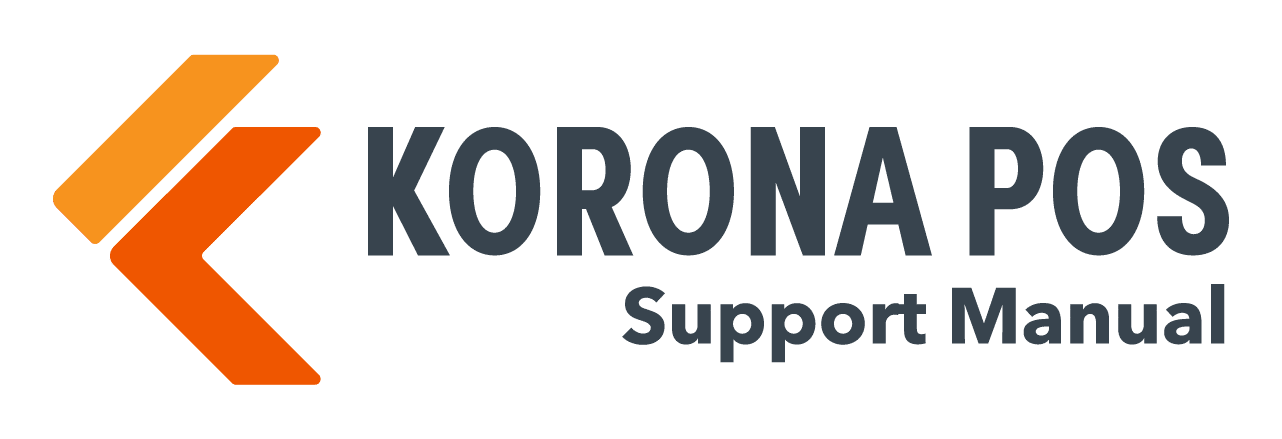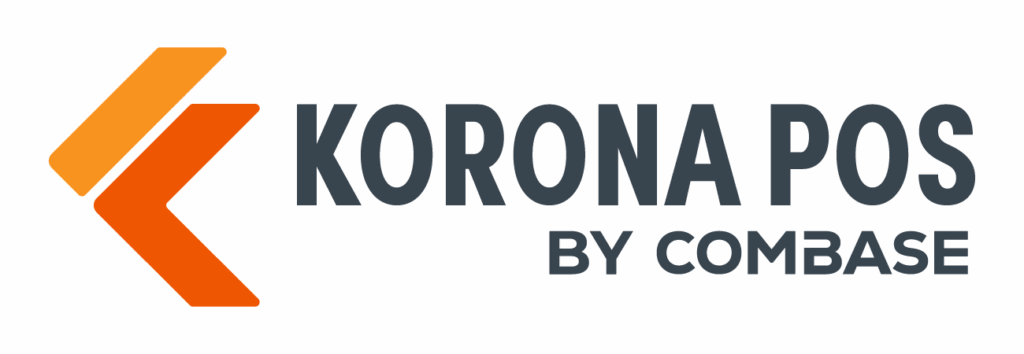External Forms allow external web applications to be embedded directly into KORONA Studio as part of the system’s navigation. This enables partners and solution providers to build custom UI modules that interact with the customer’s KORONA account data using the KORONA APIv3.
When the user opens the External Form inside KORONA Studio, the configured URL is loaded inside an iframe. KORONA automatically appends authentication and context parameters so the embedded application can authenticate and communicate with the KORONA API securely.
1. Configuration in KORONA Studio
Path: Settings → External Forms
Each External Form has the following configuration fields:
| Field | Description |
|---|---|
| Number | Internal identifier of the form. |
| Name | Display name shown in the navigation and browser tab. |
| Display URL | Base URL of the external application (KORONA will append parameters). |
| Navigation Category | Where the menu item appears (e.g., Inventory, Reports, Sales). |
| User Roles | Which user roles may access the form (Master users always see it). |
Once saved, KORONA automatically creates a dedicated APIv3 user for this form if one does not already exist.
This API user is used solely by the external form to authenticate API requests.
2. How the Form is Displayed
When the user clicks the menu entry, KORONA:
- Opens a new tab in Studio.
- Loads the configured Display URL inside an iframe.
- Appends authentication & context as base64-encoded query parameters.
Example request:
https://your-app.example.com/your-ui-page?
accountId=ZjM1ZTdlM2YtMDg0ZC00NDBkLTlkZmMtMWFkNzU3NTM3MzE1&
apiUserLogin=ZXh0ZXJuYWxfZm9ybQ%3D%3D&
apiUserPassword=dbno6jb9da38en47kz3vftd4p&
url=aHR0cHM6Ly90cnVuay50ZXN0LmNvbWJhc2UuZGUvd2ViLw%3D%3D&
locale=en
3. Passed Query Parameters
| Parameter | Encoded | Meaning | Notes |
|---|---|---|---|
accountId | Base64 | UUID of the KORONA Account | Use in API requests. |
apiUserLogin | Base64 | Login of the dedicated API user | Use for HTTP Basic auth. |
apiUserPassword | Base64 | Password of the dedicated API user | Use for HTTP Basic auth. |
url | Base64 | Base URL of the current KORONA Studio instance | Useful for redirects and links. |
locale | Plaintext | User’s language selection (de, en, es, etc.) | Use for UI localization. |
All values except locale must be base64-decoded before use.
4. Authentication Against the API
The KORONA APIv3 uses HTTP Basic Authentication:
Authorization: Basic base64(apiUserLogin:apiUserPassword)
Example (pseudo-code):
const login = atob(apiUserLogin); // base64 decode
const password = atob(apiUserPassword);
const authHeader = "Basic " + btoa(`${login}:${password}`);
5. Calling the API
Example: Fetch cashiers of the account
GET {studioBaseUrl}/api/v3/accounts/{accountId}/cashiers
Accept: application/json
Authorization: Basic <base64(login:password)>
Example response will contain JSON data representing cashiers in the account.
6. UI / IFrame Considerations
Your external app:
- Must support being embedded in an iframe.
- Should automatically adapt to fullscreen content.
- Should respect the
localeparameter for UI language. - Should handle session refresh/reload gracefully.
7. Security Notes
- Each External Form uses a dedicated API user, isolated per form.
This avoids exposing admin credentials. - If the External Form entry is removed, the navigation updates immediately and the API user is removed.
- Your app should never store the API credentials permanently.
They are passed on every access and can change.
8. Example: Minimal JavaScript Client
const params = new URLSearchParams(window.location.search);
const accountId = atob(params.get("accountId"));
const login = atob(params.get("apiUserLogin"));
const password = atob(params.get("apiUserPassword"));
const studioUrl = atob(params.get("url"));
const locale = params.get("locale");
async function fetchAccountData() {
const res = await fetch(`${studioUrl}api/v3/accounts/${accountId}`, {
headers: {
"Accept": "application/json",
"Authorization": "Basic " + btoa(`${login}:${password}`)
}
});
return res.json();
}
fetchAccountData().then(console.log);
9. Best Practices
| Topic | Recommendation |
|---|---|
| Authentication | Always generate Authorization header dynamically. |
| UI Language | Use locale to load translations. |
| Error Handling | Display meaningful API errors to the user. |
| Logging | Log to your server, not to browser console. |
10. Support
If you need help building or testing your external form integration, contact us.


